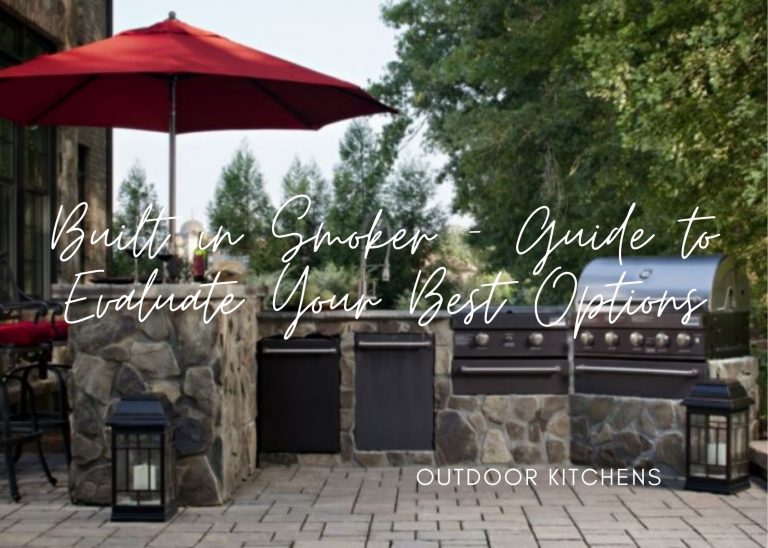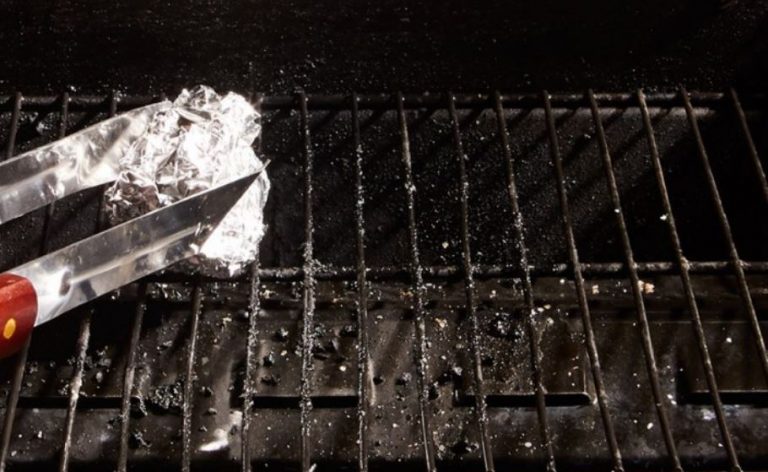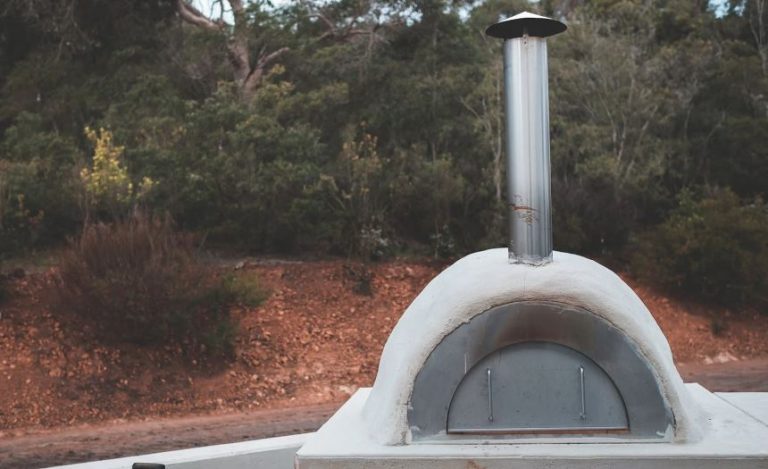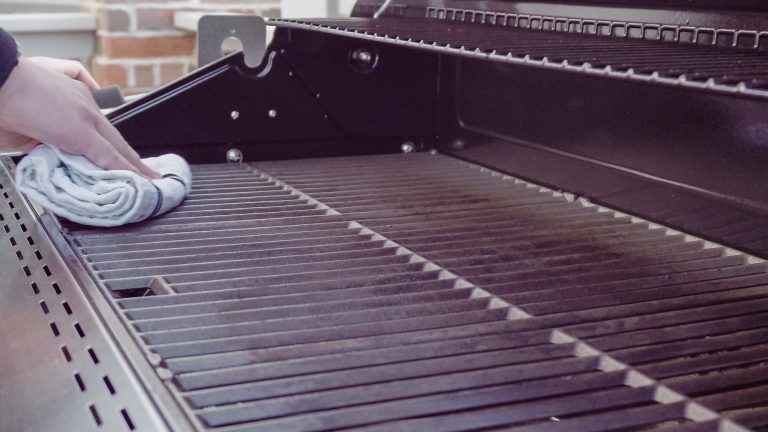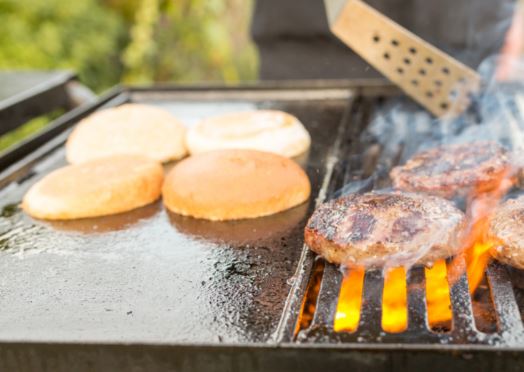How Long Do Outdoor Pizza Ovens Last?
What is the Life Expectancy of an Outdoor Pizza Oven?
A masonry wood fire outdoor pizza oven can last indefinitely if it is well-constructed and maintained. When you consider there are examples of brick dome pizza ovens that are a few hundred years old still operating today in Italy, your backyard brick pizza oven will probably
last longer than your house.
A wood fired pizza oven made of brick, stone or stucco has no moving parts. It is designed to provide reflective heat from its dome structure so there are no motors, fans or mechanical parts to break down. There is nothing to plug in and no fuel delivery system other than logs so there is really nothing that can go wrong if it is designed and constructed properly. If you maintain the structure and prevent the freeze-thaw cycle from compromising it, a brick oven will surprise you as to its longevity.
Residential outdoor kitchen pizza ovens that are designed and built in a factory for the outdoors are essentially appliances. Like any appliance, these units have a useful life of ten to 15 years before they wear out or need a substantial overhaul. Most manufacturers offer a warranty period on their units and you should use this warranty timeline as a guide to when you might have to either replace the pizza oven or have significant service done on your unit.
A distinction should be made between portable outdoor pizza ovens and built in ovens for outdoor cooking. The built in pizza oven is engineered for durability. Materials chosen for its construction are heavier and will last longer because they not designed to be moved. A portable pizza oven is lighter in weight and a portable oven is intended to be moved about more often so it is not as durable.
How to use an outdoor pizza oven?
When you first start using an outdoor wood fire pizza oven, there is a learning curve.
Learning to cook with a wood-fired oven, which is more difficult than cooking with a gas oven, requires trial and error.
Choosing Wood for a Pizza Oven
For your heat source and fires, only use seasoned (air-dried) hardwoods – never pine or other conifers. Hardwoods that have been seasoned, such as oak, maple, beech, birch, hickory, ash, and walnut, burn at a higher temperature, allowing your oven to heat up faster. Hardwoods, unlike conifers like pine, cedar, spruce, and fir, don’t produce sap or terpenes, which might clog your oven (which can result in unpleasant odors and funky-tasting food).
Starting a Pizza Oven Fire
Start your fire using kindling or firestarter in the center of your oven floor. This is one time when pine wood is acceptable, however crumpled-up newspaper will suffice. On top of the kindling, lay a few pieces of hardwood and light the fire using a cube or bundle of non-toxic fire starter. Even if it’s merely to get the fire started, never add scrap wood like particleboard, plywood, or other treated woods.
Keep the flames burning
Once the fire has started, add a few pieces of hardwood at a time to keep the flame alive but not raging. During this time, keep an authentic pizza oven door open to allow plenty of oxygen to enter. Use wood with a diameter of no more than two to three inches; it will burn more quickly and help the oven heat up more quickly. Keep the flames in the oven’s center.
Depending on the sort of oven you have and how its insulating layer is engineered, it could take anywhere from 30 to 90 minutes to reach the desired temperature (usually 700-900 F). Older ovens, those with poor insulation, or those constructed by hand with brick and mortar may take even longer.
Evenly distribute the heat
The amount of wood you’ll need depends on how long you’ll be cooking and how many pizzas you’ll be making. Make sure there’s always a little bit of flame to the fire — you don’t want just smoldering embers. Push the burning wood and embers to the left or right side of the oven, or divide between both sides, and make sure there’s always at least a little bit of flame to the fire — you don’t want just smoldering embers.
If necessary, turn off the oven
Your oven deck may be too hot to cook on at first. After you’ve moved the embers aside, give the front of the oven surface a quick test by sprinkling a handful of flour on it. The surface is too hot and will burn your pizzas if the flour catches fire or burns black right away. Correct this by leaving the oven door open for about 20 minutes and then re-testing the flour. In the odd occasion that your cooking surface cools too much, add another layer of embers to reheat it.
Gas pizza ovens heat much faster than wood ovens, lasting only 30 minutes instead of 1-2 hours (not to mention gathering and preparing the firewood). They’re also a lot easier to maintain: simply set it and forget it. .
Because of this dependability, gas is a preferable choice over wood fired ovens if you wish to use the oven for other purposes. While a cooling wood oven is ideal for roasts, any other foods like bread need a more precise and consistent heat.
Electric pizza ovens are more versatile than gas ovens since you can control the temperature and get great results when you cook your pizza. Pizza ovens are commonly used to make pizza, but they may also be used for non-pizza purposes such as adding a smokey taste to fish, meat, and other foods to get the most out of them.
What are outdoor pizza ovens made of?
A masonry oven, also known as a traditional wood-fired pizza oven, is a form of cooking equipment that consists of a brick dome baking chamber built of construction materials such as bricks, clay, concrete, stone, cob, or ceramics. It is often constructed with a simple fire brick floor and is fueled by firewood. It is built primarily for producing pizzas, but depending on the temperature of the oven, it may also be used to prepare a range of other meals. Pizza must be cooked at extremely high temperatures from all sides of the oven, hence the oven design must be able to resist extreme temperatures. The oven can be built from scratch with raw materials or purchased as a partial or complete kit.
How do you take care of an outdoor pizza oven?
When constructing a pizza oven in an outdoor area, it’s crucial to consider the weather’s impact on the materials used to construct the oven. In such cases, a shelter to protect the oven from rain and extreme heat is recommended. A pizza oven is designed to endure the elements, including wind, snow, hail, and rain. If water is allowed to leak into the oven walls, however, issues may arise. The weather may pose a threat to the structural integrity of cob ovens.
When firing the cob or brick oven, water within the walls is an issue. When the water heats up, it turns into steam, which can force its way out and fracture the oven walls. To avoid this, either construct a shelter for the oven or incorporate the oven into an existing structure. This construction can be made of any material, but the risk of fire should be addressed, as well as an adequate airway for the smoke to exit from the oven. Without a sufficient chimney, a pizza oven put right under a roof will most likely ruin the roof with smoke and soot.
Are outdoor pizza ovens worth it?
There are ten compelling reasons to choose for an outdoor wood-burning oven.
1. Fire Level Control
Human evolution reached a pinnacle when it came to fire control. Humans were able to stay warm, cook food, keep predators at away, and expand their activities by mastering fire. It’s in our DNA, and something about the way it smells, looks, and sounds makes you feel better and safer.
2. Temperature range
Even though you won’t need that much heat to cook, a wood-fired oven may achieve temperatures as high as 1 000°C (1 800° F). These gadgets take a while to heat up, but once it does, it retains heat for a long period. There are also steel-domed wood-burning ovens that achieve cooking temperature faster. By modifying recipes slightly, you can cook almost anything in a wood-fired oven.
3. A smoky taste
Cooking with wood imparts a smokey flavor to food and homemade pizzas that is tough to achieve in conventional ovens. The flavor varies depending on the wood used. Beech and oak are better choices, although olive and juniper are also good choices, especially for roasts.
4. A tool to help you improve your talents
Operating a wood-burning oven will put your cooking skills to the test, but with practice, patience, and dedication, you will master wood-fired cooking in no time.
5. Everything tastes better.
In a wood-fired oven, you can make whatever you can cook in a regular oven better. Food is cooked rapidly in it, retaining all of the nutrients that might otherwise be lost with a prolonged cooking period.
6. Pizza Neapolitana
Probably the most compelling argument to invest in a wood-fired oven. The dough for an authentic Neapolitan pizza must be produced with Tipo 00 wheat flour, a lot of water (70 percent hydration), salt, and yeast, then hand-kneaded and left to rise for 8 hours before baking at 450°C (800°F) in a wood-burning oven for 90 seconds.
7. It enlarges and enlivens your outdoor living area.
Having an outdoor wood-burning oven increases the value of your home and transforms it into a gathering spot for your guests to sample your delectable food.
8. Cooking demonstrations
When it comes to putting on a cooking show in front of your visitors, nothing beats a wood-burning oven. Turn your outside space into a theater, a social gathering spot, and a restaurant all at the same time.
9. A lengthy life expectancy
A wood-fired oven is a long-term investment if you keep it clean and maintained on a regular basis.
10. Low-carbon alternative to fossil-fuel appliances
They burn wood, which is a renewable and economical fuel with no carbon footprint.



